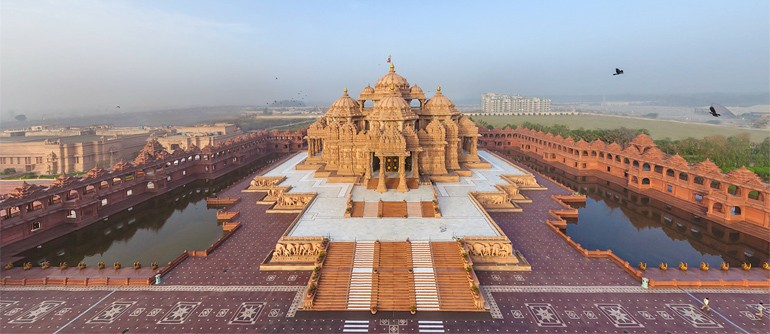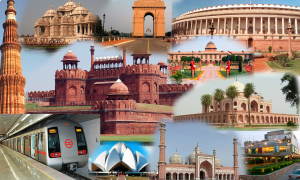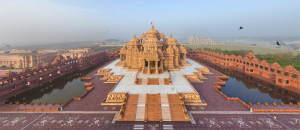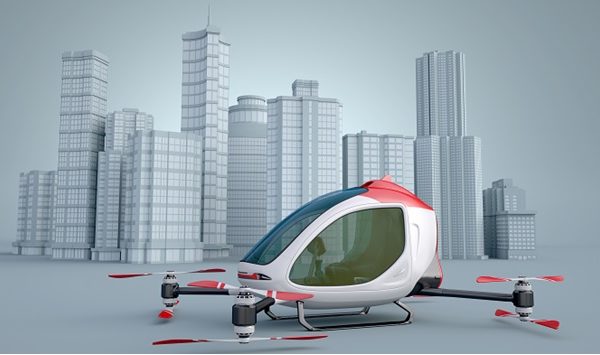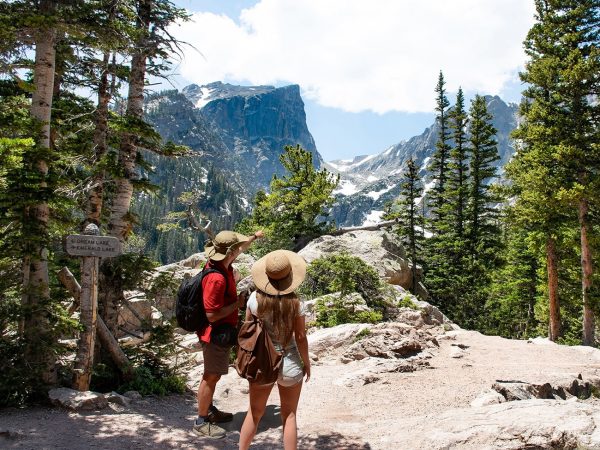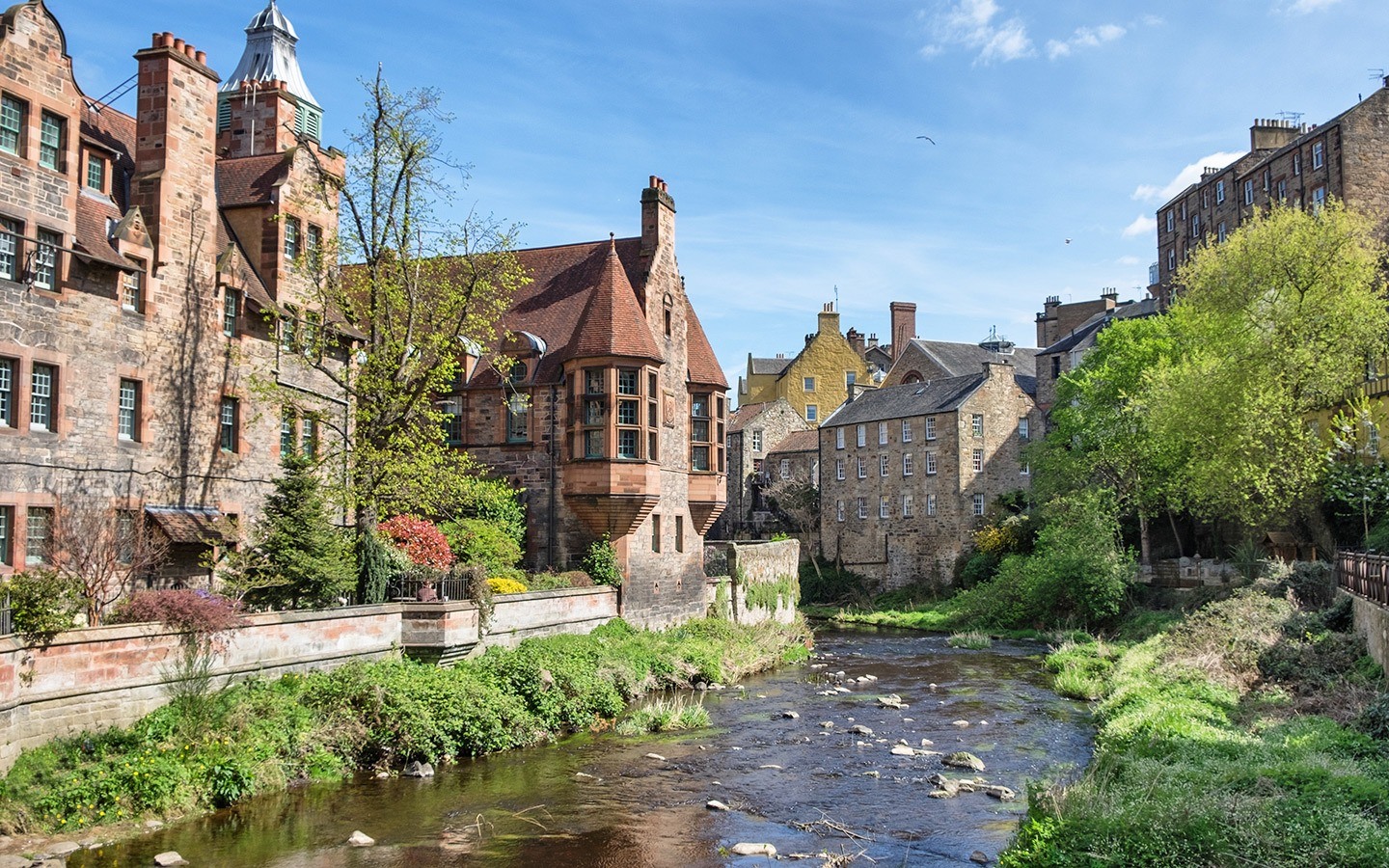The capital of India has today turned into the capital of all its aggregate ambitions – in government, business, design, and many others. India’s capital is a city of transients and refugees from all parts of India whose families are somewhere else, and who still view Delhi as a provisional home. Not a single community or group might call the city its own, yet the city belongs to all. This vacation book a train or flight to the city, or if you live in a nearby town make use of the taxi or bus services say Dehradun to Delhi taxi service, and get busy exploring the national capital.
Mumbai has Bollywood and the monetary markets, Kolkata its scholarly life, Varanasi the sacred Ganges. Be that as it may, what, other than desire, is Delhi truly about? Once the sole area of government civil servants and the so called babus (government clerks), it’s presently additionally a worldwide center point for media, design, business, manufacturing, and innovation. The connectivity between Delhi and all major cities and towns in India is good. And for the near-by towns say Dehradun, there are overnight buses. Plus, the Dehradun to Delhi taxi service is also good and within budget. With the many dialects, ethnicities, and plans that coincide here, Delhi is difficult to bind. Indeed, even the roots of its name are vague. One conceivable source is the Persian dehleez,— an apt image for a town brimming with arrivistes. Voyagers, as well, have considered Delhi to be an entryway to be gone through, immediately, on the way to more fascinating cities and places like Jaipur, Goa, and the Taj Mahal. For every tourist and occupants alike, Delhi was what happened while you were making different arrangements.
Home to India’s biggest mosque, the world’s greatest Hindu temple, and South Asia’s biggest shopping center, the capital of India is nothing if not outsize. Power has taken numerous shapes here—from the sandstone fortifications of the Mughals and the blinding-white cabins of the Raj era to the smoked-glass tech parks and centres of the present day. Be that as it may, the city can likewise incapacitate you with cozy minutes: on the peaceful grounds of Humayun’s Tomb, where just the sound of pigeon wings breaks the pervasive quietness; in the cold, shell-like corridor of the Bahai Lotus Temple, from which the commotion of the city appears miles away; in the hypnotizing Sufi Qawwali singing at Nizamuddin’s Shrine; even in the calmer corners of Shahjahanabad or the Old Delhi, where auto horns offer route to the squeak of an unoiled turning wheel.
Delhi’s progressive rulers didn’t simply improve the same focal center, rather they fabricated entire new settlements, which was often not contiguous with the past ones. Present-day Delhi contains the the remnants of no less than seven unique cities—from the unbelievable city of Indraprastha, which is believed to be set on the banks of the Yamuna River, to the Mughal city of Shahjahanabad, which was established in 1638 A.D. two miles north. At the point when the British moved their pioneer capital from Calcutta to Delhi in 1911, they picked a remote site five miles southwest of Shahjahanabad; here they made a great, European-style city starting from a scratch and called it New Delhi.
The city has its own particular unmistakable character. Moving over the city, you can see the old ruins that tell a lot about the place’s history. Plus, it is quite interesting to see how the old and new facets of the city jostle for space in the present time. You likewise acknowledge how shockingly green Delhi is. There is so much to do and many places to see. Additionally, there are some interesting places to visit around Delhi, so this vacation head to the national capital to explore.


